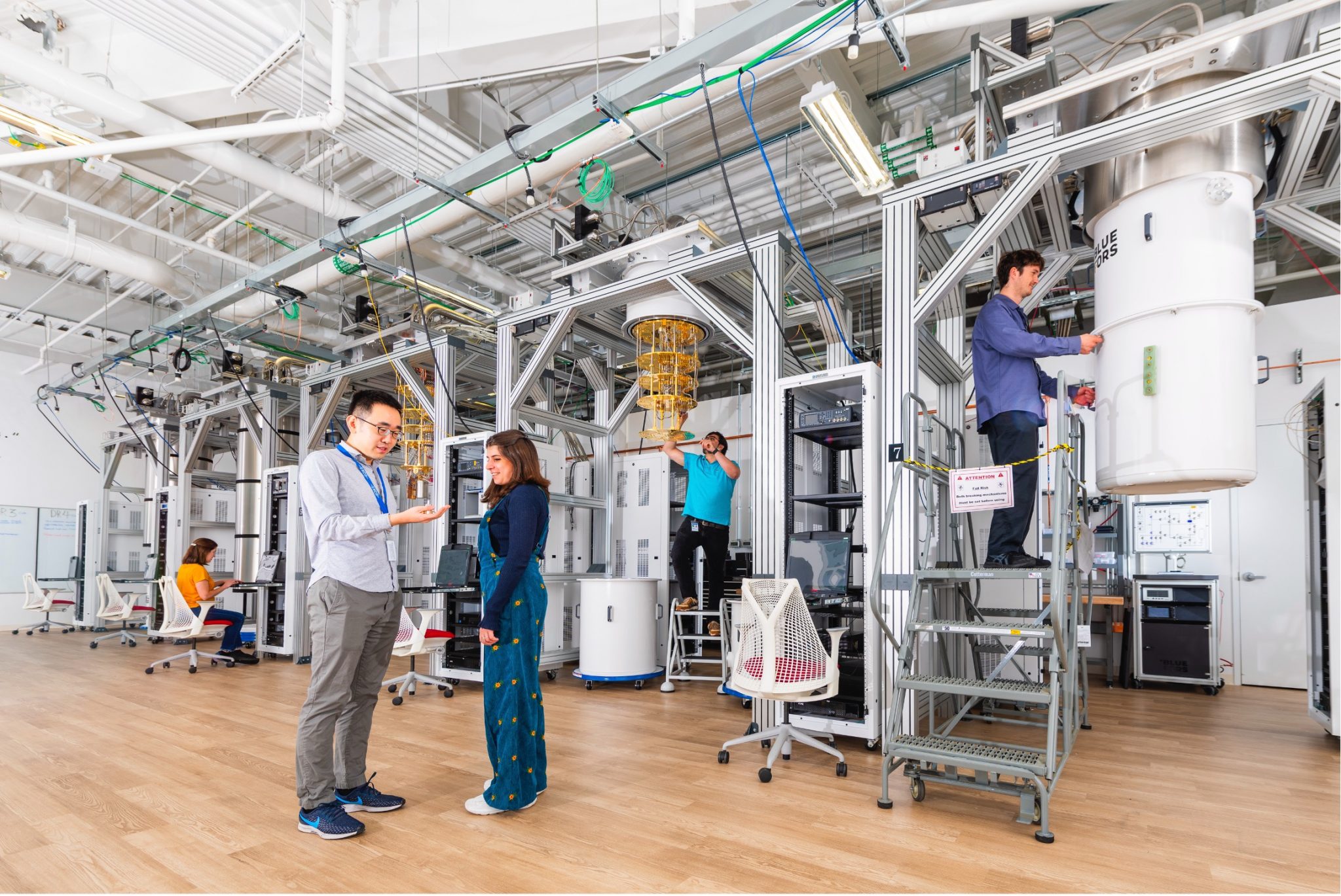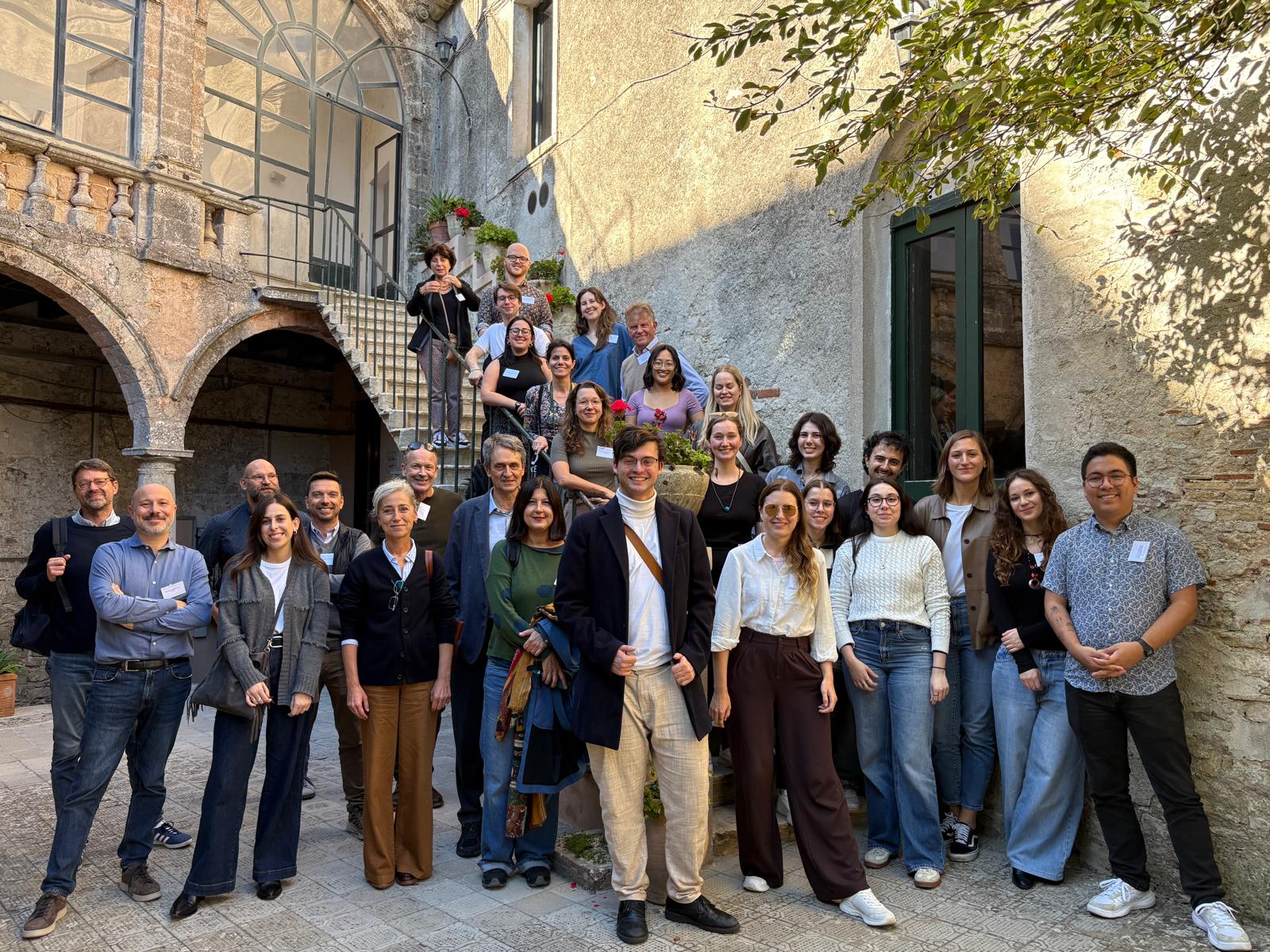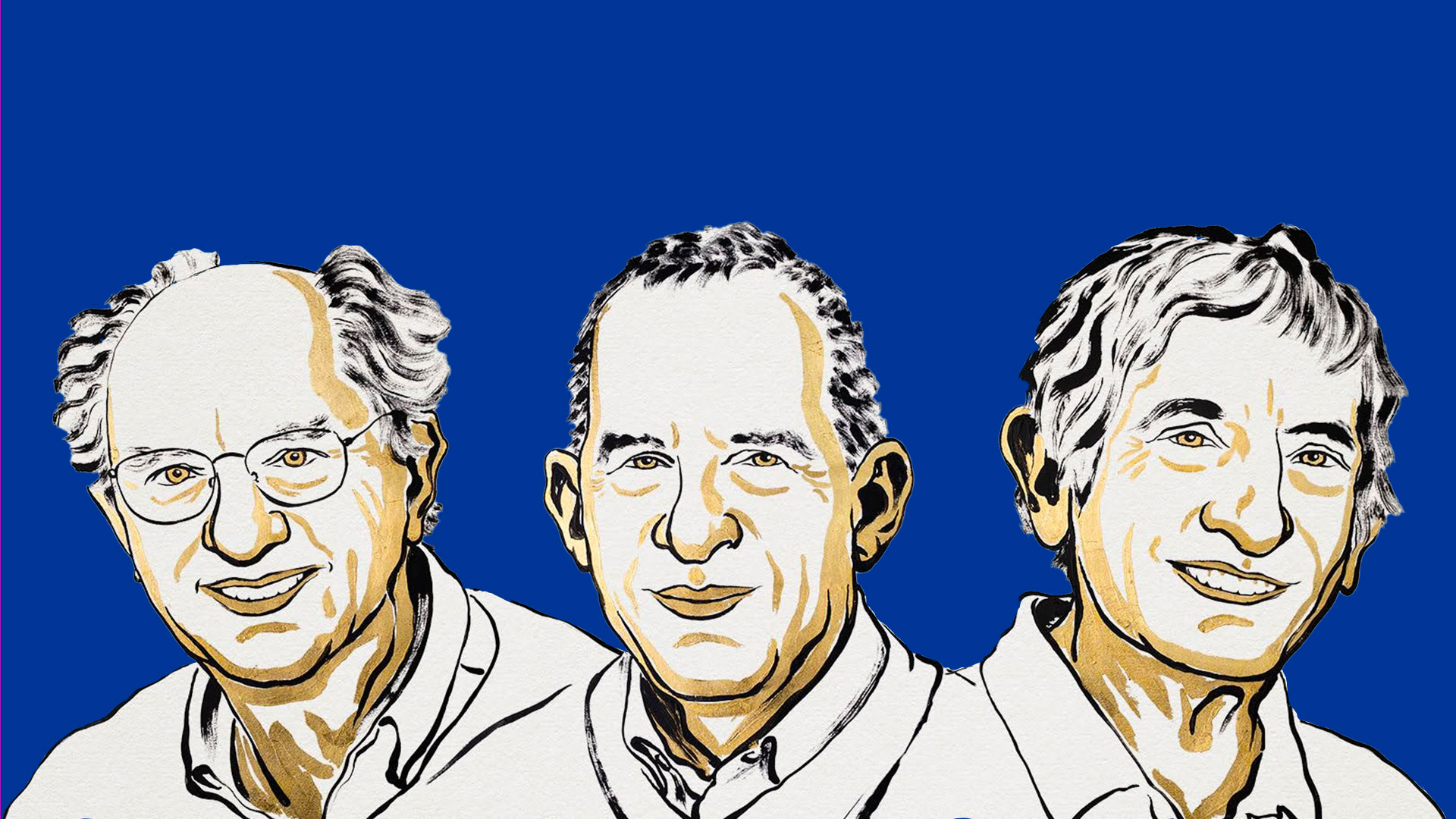 The NA62 experiment at CERN has recently presented its latest results at the Moriond Electroweak 2018 conference. The results concern a very rare event: the decay of the charged K-meson into a pion and two neutrinos. The interest in extremely rare or even “forbidden” decays is motivated by the fact that these processes allow energy scales even much higher than those directly accessible to the most powerful particle colliders, such as the Large Hadron Collider (LHC) at CERN, to be indirectly probed. The study of these decays could therefore open a window in the near future on physics beyond the Standard Model. Moreover, the results just presented by NA62 are also interesting because they demonstrate the effectiveness of the new technique, called “in flight”, used by the experiment to investigate these K-meson decays. In the coming years, this will allow the elusive process to be studied with a precision never achieved before. According to theoretical predictions, the charged K-meson decays into a pion and two neutrinos only in a very small fraction of cases. To understand the extreme rarity of this process, the Standard Model foresees, with considerable precision, that only eight decays of this type must occur every one hundred billion decays of the K-meson. In numerous theories that aim to overcome the Standard Model, the fraction of events expected for this decay is instead significantly different: therefore, a sufficiently precise measure could highlight the presence of what physicists call New Physics. The results obtained so far, at this level of statistical precision, are compatible with the Standard Model predictions.
The NA62 experiment at CERN has recently presented its latest results at the Moriond Electroweak 2018 conference. The results concern a very rare event: the decay of the charged K-meson into a pion and two neutrinos. The interest in extremely rare or even “forbidden” decays is motivated by the fact that these processes allow energy scales even much higher than those directly accessible to the most powerful particle colliders, such as the Large Hadron Collider (LHC) at CERN, to be indirectly probed. The study of these decays could therefore open a window in the near future on physics beyond the Standard Model. Moreover, the results just presented by NA62 are also interesting because they demonstrate the effectiveness of the new technique, called “in flight”, used by the experiment to investigate these K-meson decays. In the coming years, this will allow the elusive process to be studied with a precision never achieved before. According to theoretical predictions, the charged K-meson decays into a pion and two neutrinos only in a very small fraction of cases. To understand the extreme rarity of this process, the Standard Model foresees, with considerable precision, that only eight decays of this type must occur every one hundred billion decays of the K-meson. In numerous theories that aim to overcome the Standard Model, the fraction of events expected for this decay is instead significantly different: therefore, a sufficiently precise measure could highlight the presence of what physicists call New Physics. The results obtained so far, at this level of statistical precision, are compatible with the Standard Model predictions.
You might also be interested in

Quantum computing: INFN and the US SQMS laboratory renew their collaboration

Search for new physics: a possible new approach from bent crystals

Einstein Telescope: Lusatia officially enters the competition

Detecting gravitational waves from space: first steps for the LISA mission

ORIGINS. Exploring Science Communication and Journalism
